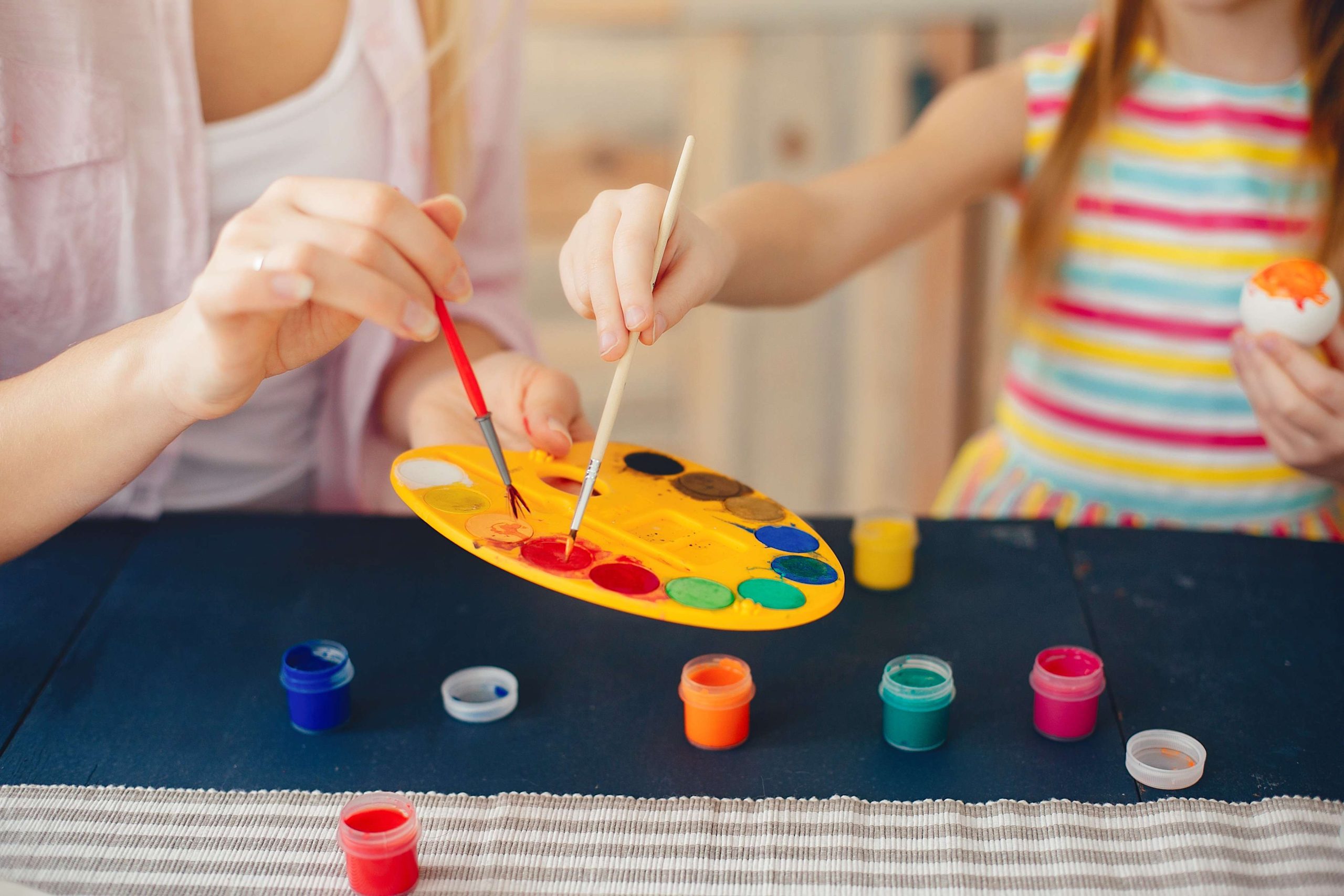
Unleashing Creativity: The Power of Art Activities in Art-Based Preschools
Age, gender, and origin are irrelevant since art is a global language that speaks to the spirit. It can help preschoolers develop important abilities, such as creativity and self-expression. For their distinctive approach to early childhood education, art-based preschools, which highlight creative activities as a crucial component of their curriculum, have become well-known. These preschools offer a loving environment that helps young preschoolers explore, create, and express themselves through a range of art activities, laying the foundation for success and lifetime learning.Benefits of Art Activities for Preschoolers
Engaging in art activities offers numerous benefits for preschoolers’ development. These activities promote fine and gross motor skills, hand-eye coordination, and sensory exploration. They foster creativity, imagination, and critical thinking skills. Art activities also provide a means for emotional expression, allowing preschoolers to convey their thoughts and feelings through visual forms.Developing Fine and Gross Motor Skills
Preschoolers need to acquire crucial skills like finger dexterity, strength, and precise hand-eye coordination as they prepare for formal schooling. Art activities help develop these abilities. For instance, painting with brushes, cutting with scissors, and shaping clay improve fine motor skills. Physical activities like mixing colors or kneading dough enhance gross motor skills, coordination, and spatial awareness.Fostering Creativity and Critical Thinking
Art activities encourage preschoolers to think creatively and make decisions. They can explore different materials, try new techniques, and find solutions to artistic challenges. This experimentation promotes problem-solving and critical thinking abilities. For example, combining colors to produce new shades teaches color theory while enhancing cognitive skills.Promoting Emotional Expression and Self-Awareness
Art provides a non-verbal means for preschoolers to express their emotions, thoughts, and experiences. Through colors, shapes, and textures, they can safely convey their feelings. This process encourages self-reflection, emotional awareness, and regulation. Art activities foster emotional intelligence, crucial for social-emotional well-being.Enhancing Cognitive and Social-Emotional Development
As preschoolers create art, they learn about visual elements, spatial relationships, and cause-and-effect. They also develop social skills through collaborative projects, sharing ideas, and appreciating diverse artistic perspectives. Art activities promote language development, cultural awareness, and a sense of belonging.The Joy of Painting
Painting is a versatile art activity that offers numerous benefits. It engages preschoolers’ senses and encourages experimentation with colors, textures, and techniques. Painting fosters observation skills, self-expression, and cognitive development. It also promotes fine motor skills development through activities like brush painting or finger painting.Sculpting and Modeling: A 3-Dimensional Art Experience
Sculpting and modeling allow preschoolers to manipulate materials like clay or playdough to create three-dimensional objects. These activities encourage creativity, problem-solving, and spatial awareness. They also promote fine motor skills development, hand strength, and dexterity.Exploring with Collage
Collage involves cutting, tearing, and gluing various materials onto a surface. It fosters creativity, observation skills, and fine motor development. Preschoolers can use meaningful materials that represent their identity and culture, promoting self-expression and cultural awareness.The Magic of Printmaking
Printmaking techniques like stamping, stenciling, or monoprinting allow preschoolers to create multiple copies of an artwork. This activity promotes creativity, experimentation, and problem-solving skills. It also enhances fine motor skills, hand-eye coordination, and cognitive development through concepts like positive and negative space.Getting Messy with Mixed Media
Mixed media activities involve combining different materials and techniques to create multi-dimensional artworks. These activities encourage creativity, problem-solving, and fine motor skills development. They also promote cognitive development through learning about visual elements, material properties, and decision-making.Unleashing Creativity with Free Art
Free art, or process art, focuses on the creative process rather than the end product. Preschoolers have the freedom to explore, experiment, and create without specific instructions. This approach fosters creativity, self-expression, sensory exploration, and independence.Conclusion
Art-based preschools provide an ideal environment for preschoolers to engage in various art activities that promote their overall development. Through activities like drawing, painting, sculpture, printmaking, mixed media, and free art, preschoolers enhance their fine motor skills, cognitive abilities, creativity, self-expression, and social-emotional skills. These preschools recognize the importance of the artistic process over the final product, allowing preschoolers to focus on the experience of creating art. As educators and parents, we must recognize the value of art in preschool education and provide ample opportunities for preschoolers to engage in art-based activities, fostering their holistic development.

